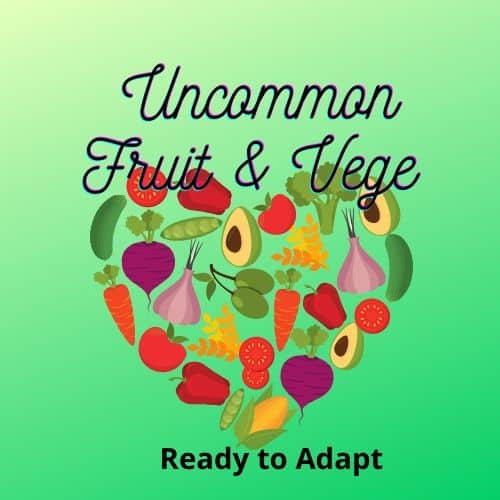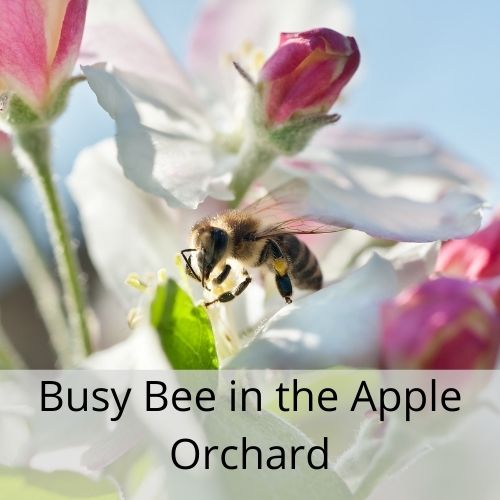Fascinating and Often Forgotten Fruit & Vegetables – How to Grow and Use Them

History
The Sugar Beet has a rather interesting history. Beta vulgaris (beet) is a plant that is part of the subfamily Betoideae of the family Amaranthaceae. It is a crop of great economical importance in many countries. It has several cultivar groups: the sugar beet, of greatest importance in the production of table sugar; the root vegetable known as the beetroot or garden beet; the leaf vegetable known as chard or spinach beet; and mangelwurzel, which is primarily grown as a fodder crop. Beta Vulgaris subsp. Maritima or better known as Sea Beet is thought to be the ancestor of the modern beets. Growing along the coast of the Meditterean Sea, and has been documented throughout history as far back as the Romans and Egyptians and even the 8th century BC.
The sugar beet has a conical, white, fleshy root (the taproot) with a flat crown. Its taproot can reach up to 1m long particularly in drought when it is searching for water, although only the top 30cm becomes swollen and is useful in the production of sugar. The leafy tops were often used especially during World War 2 to make silage for cattle and sheep.
In 1747, Andreas Marggraf isolated sugar from beetroots and found them at concentrations of 1.3–1.6%. He also demonstrated that the sugar that could be extracted from beets was identical to that produced from Sugarcane. His student, Franz Karl Achard, evaluated 23 varieties of mangelwurzel for sugar content and selected a local strain. After Royal Decree by King of Prussa in 1801, the first sugarbeet processing factories where built in what is now Poland. In response to British blockades of cane sugar during the Napoleonic Wars, sugarbeets were introduced to France and by 1880, production had risen to over 50% of the world’s sugar consumption. France continued to be the biggest producer and processor worldwide until 2010.
Other countries like Germany, United States of America and many of the Western European countries also produced significant amounts of this curious vegetable.
During World War 2, the British Government encouraged farmers to plant the crop to assist with the war effort. As of 2016, 277 million tons of the beets were produced worldwide, with Russia growing more than any other country. But the sugar beet was grown as a garden vegetable and for fodder long before it was valued for its sugar content.

How to Grow
Sugar beets are grown from seed and can be sown in a variety of soils ranging from sandy loam to heavy clay. The commercial seedbed is prepared by deep plowing after the preceding crop is harvested. An ideal soil is a well-drained loam rich in humus, and deep. Before sowing, the commercial seeds were treated with disinfectants for black root disease. For domestic gardeners sow seeds at a depth of 2 to 4 cm (0.75 to 1.5 inches) and spaced 6 to 8 cm (2.5 to 3 inches) apart; rows are typically 50 to 56 cm (20 to 22 inches) apart. Fertilizers can be applied simultaneously with the seeds. The germination of the seeds occurs about 10 days after sowing.
A mature sugar beet root can grow to 1–2 kg (2.2–4.4 pounds) and can contain 8–22 percent sucrose by weight. Sugar beet harvesting usually starts in late September or early October (Northern Hemisphere) for summer crops and is performed rapidly so as to finish before the soil freezes. There are two methods of harvesting. In the Pommritzer method, the topping and the lifting of the roots are performed separately. This involves as indicated above the removal of the leafy material and then the lifting of the root or tuber. In the other method and the simplest, the two operations are carried out at the same time. Often the tops are kept for silage making while the main root is collected for use in a variety of ways. Sugar beet crops are best rotated with corn (maize) or wheat in order to lessen the damage caused by Rhizoctonia root rot or sugar beet nematodes (Heterodera schachtii).
Using Sugar Beets
While the most common use for cultivated sugar beets is for processed sugar, there are several other sugar beet uses.
In the Czech Republic and Slovakia a strong, rum-like, alcoholic beverage is made from the beets. Unrefined syrup made from sugar beets is the result of shredded beets that have been cooked for a few hours and then pressed.
The juice squeezed out of this mash is thick like honey or molasses and used as a sandwich spread or to sweeten other foods.

This syrup can also be de-sugared and is then used as a de-icing agent on many North American roads. This sugar beet “molasses” works better than salt, as it does not corrode and when used in conjunction lowers the freezing point of the salt mixture, enabling it to be more effective at low temps.
The by-products from processing the beets into sugar (pulp and molasses) are used as fiber-rich supplemental feed for livestock. Many farmers allow grazing in the beet fields during the autumn to utilize the beet tops as fodder. These by-products are not only used as above but in alcohol production, commercial baking, and in pharmaceuticals.
Betaine and Uridine are also isolated from the by-products of sugar beet processing. Waste lime used for amending soils to increase soil pH levels can be made from the by-products from beet processing and treated waste water from processing can be used for crop irrigation.
In addition, just as sugar is fuel for the human body, sugar beet surpluses have been used to produce biobutanol and ethanol by British Petroleum in the United Kingdom. Oh and you can use Sugar beets just like any other root vegetable.
Not all sugars are created equal
White table sugar comes from either sugarcane or sugar beets and is usually sold without its plant source clearly identified. This is because—chemically speaking—the two products are identical. Refined table sugar is pure, crystallized sucrose. Sucrose is found naturally in honey, dates, and sugar maple sap, but it is most concentrated in sugarcane and sugar beets.
The refining process renders the original plant irrelevant (according to its processors) as the sucrose is completely extracted from the plant that produced it. However, distinguishing between cane and beet sugar is not completely a marketing ploy and is fairly common on sugars sold in health food stores.
In order to make sugarcane crystals pure white, the sugar is usually processed with bone char; beet sugar does not require this step. Although the final sugarcane product does not have bone in it, this distinction is important to many vegans and other vegetarians who seek to minimize animal suffering.
Additionally, many bakers and pastry chefs claim there is a difference between brown sugars made from sugarcane and those of sugar beets. The molasses that colors brown sugar comes from sugarcane processing and not from sugar beets. Thus, brown sugar made from sugar beets has sugarcane molasses added. Although the industry maintains that they are identical products, many chefs use only brown sugar made from sugarcane, maintaining that brown beet sugar negatively affects their products. Although some assert that the difference lies in the trace minerals from the two plants, it is more likely that there is a moisture difference that may affect baked goods and other desserts.
While I do think you would need to be pretty committed or just plain crazy to grow your beets for making your own sugar – it can be done and who knows may well be a skill that might be useful in the future. Either way I was curious so did some hunting around to find a good method for homemade sugar using beets.

Basic Method
- Wash, peel, and remove bad parts of beets. I chose to remove the green skinned parts of the beets, as they seemed to be much darker and softer on the inside (see picture).
- Shred or dice beets, then cover with water in a large pot.
- Bring to a boil, then simmer until beets are tender. This was between 1 and 2 hours for me.
- Drain the liquid from the beets. Collect the beet pulp in a strainer lined with cheese cloth or similar material.
- Press liquid from the beet pulp and combine with the rest of the sugar water.
- Reduce sugar water until it turns amber brown and has a consistency like honey.
- Allow to crystalize.
Now while this seems fairly simple I was intrigued by a blog post on another site that detailed the process extremely well. Link Here. I would encourage you to read through this post before attempting to make your sugar.
This is the part of this Series where I usually tell you to get your taste buds ready but as I have only just sown my first sugar beets this week and I have not had the opportunity to play around in the kitchen yet, I am just going to say in any way you would normally use beetroot you can use your sugarbeets. But I would love to see what other uses you can come up with.
One lady I spoke to says she used her sugar syrup to make tibicos or water kefir instead of using cane sugar and found it very satisfactory and yet another used it to make homemade cordials. So we are all only limited by our imagination. What will you make? Share your thoughts and recipes in our Facebook group or email them to me for inclusion on this post.



